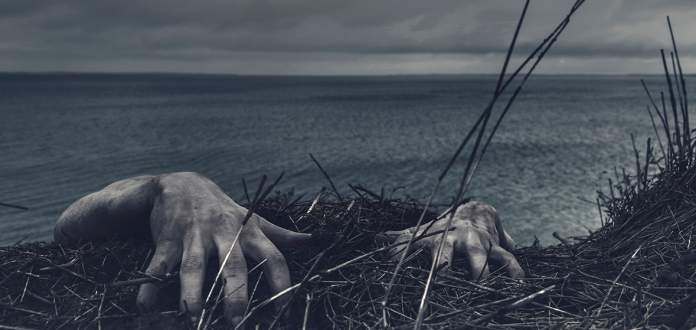It’s a poorly guarded secret that the public hasn’t internalized yet, but the mid-range and nicer, single-body mirrorless point & shoot cameras easily rival entry-level DSLRs for photographic quality. The simple fact is that there are many digital cameras that have sensor sizes to rival even nicer DSLRs, and with the right use of photographic technique you can fool your friends into thinking you bought your photos for the price of an expensive housing and lens.
 Sony A7 review
Sony A7 review
1. Learn How Your Camera Works
You’ll read this all over the place, but the best advice remains learning how to use and leverage all your cameras features and getting familiar with you to finely control its basic settings. You can’t do anything else until you can use your camera somewhat proficiently. So read the manual and practice doing weird and conventional things until you know your camera.
2. Pay Attention to Exposure and Composition
The best camera in the world can’t make up for not knowing the basics of photography. Learn about how ISO, shutter speed, and aperture affect your exposure and what else they do to the photo. The effects may seem simple, but the results of managing these three settings adroitly alone are enough to revolutionize your photography.
Composition is more complex, and some would say it’s even an art. Start with one simple rule, “The Rule of Thirds.” Don’t position your subject in the center of the shot. It looks awkward. Important items should be on thirds lines – imagine two vertical lines and two horizontal lines separating your viewfinder into three identical columns and rows. Those are thirds lines and their nexuses are the perfect places to locate important subjects like a person’s face.
3. Take More Pictures
Just shoot. A lot. Pros take hundreds if not thousands of frames for every keeper (this number keeps going up thanks to the wonders of digital photography). Even the best photographers take some really bad photos that they later look at and wonder what they could possibly have expected.
If you take a ton of shots of the same thing, you can probably luck into a good photo or two. As long as you take the time to review your shots on the LCD every few seconds to try and identify what is and isn’t working, the exercise of shooting more photos can help you improve through every shot. Don’t worry about it. You will go through them all on a large monitor at home later and deal with deleting all the garbage then.
4. Turn Off Your Flash
Point & Shoot cameras have awful flashes, and in fact, even the flashes that come with many DSLR bodies aren’t great. You need to learn how to use natural light and control exposure anyway, and flashes create harsh contrasts and unnatural colors.
You can use it to create fill lighting if you want to shoot people outdoors and the sky is lighter than the foreground. But that’s about it.
These four simple tips will instantly help you take much better photos with point & shoot cameras, and with a bit of practice you can have them performing to rival many DSLRs in the hands of less-informed photographers.












